Climbing Knot Guidance
Mountaineering and climbing activities demand a solid understanding and mastery of knots, both to ensure safety and to facilitate rope maneuvers. These animated knots are for climbers, rescue workers, arborists, and others who use rope in man-carrying applications.
1. Joining Two Ropes
These knots are used to securely join two ropes, which is essential for creating longer lines or during rappelling (abseiling). The free ends should be parallel and at least 15 cm (6 inches) in length.
Recommended Knots
2. Making Loops in Rope
These knots create secure loops either in the middle or at the end of a rope, essential for anchoring or connecting to carabiners.
Recommended Knots
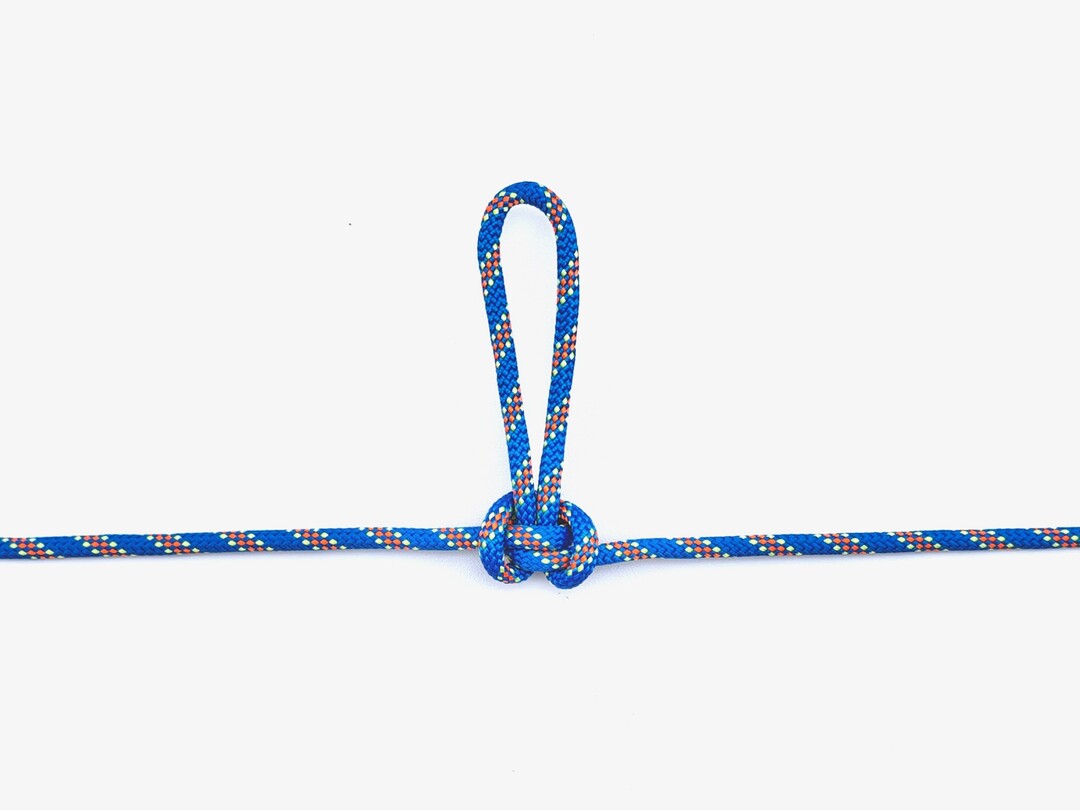
Alpine Butterfly Loop
Secure mid-rope loop for climbing and rescue
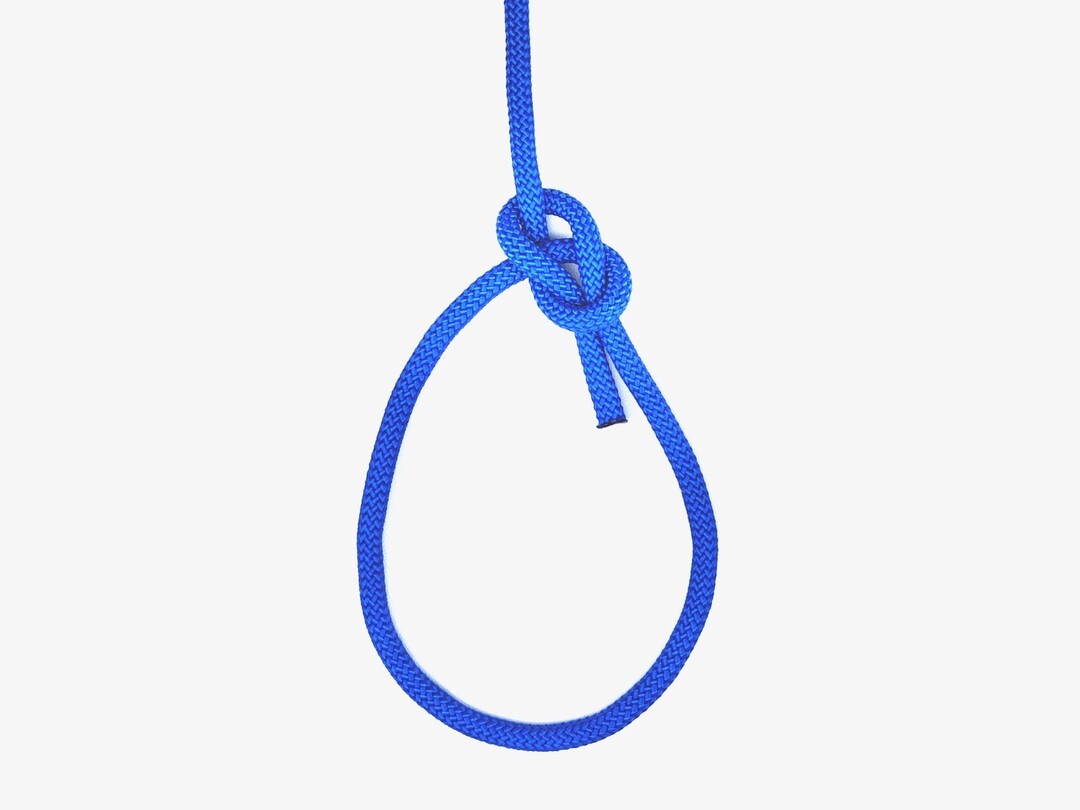
Bowline (One Hand)
Creates a secure loop with one hand.
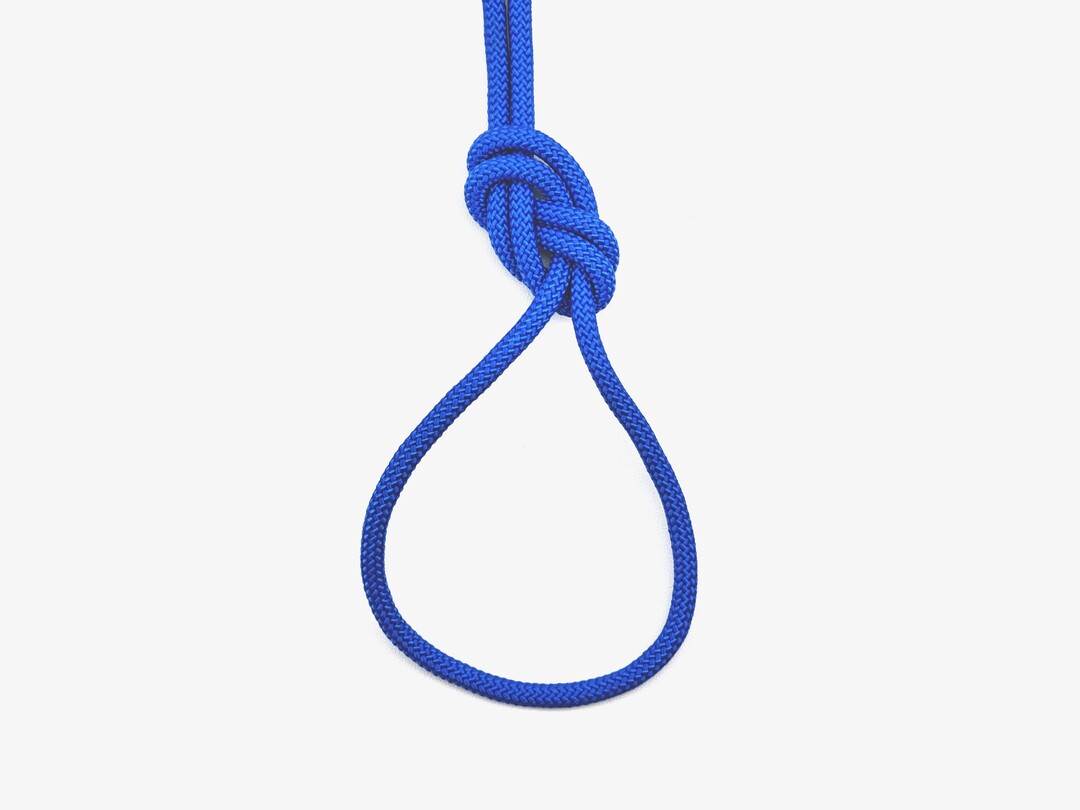
Figure-Eight Loop
Secure loop for climbing and rescue.

Figure 8 Directional Loop
Secure mid-rope loop for one-directional loads
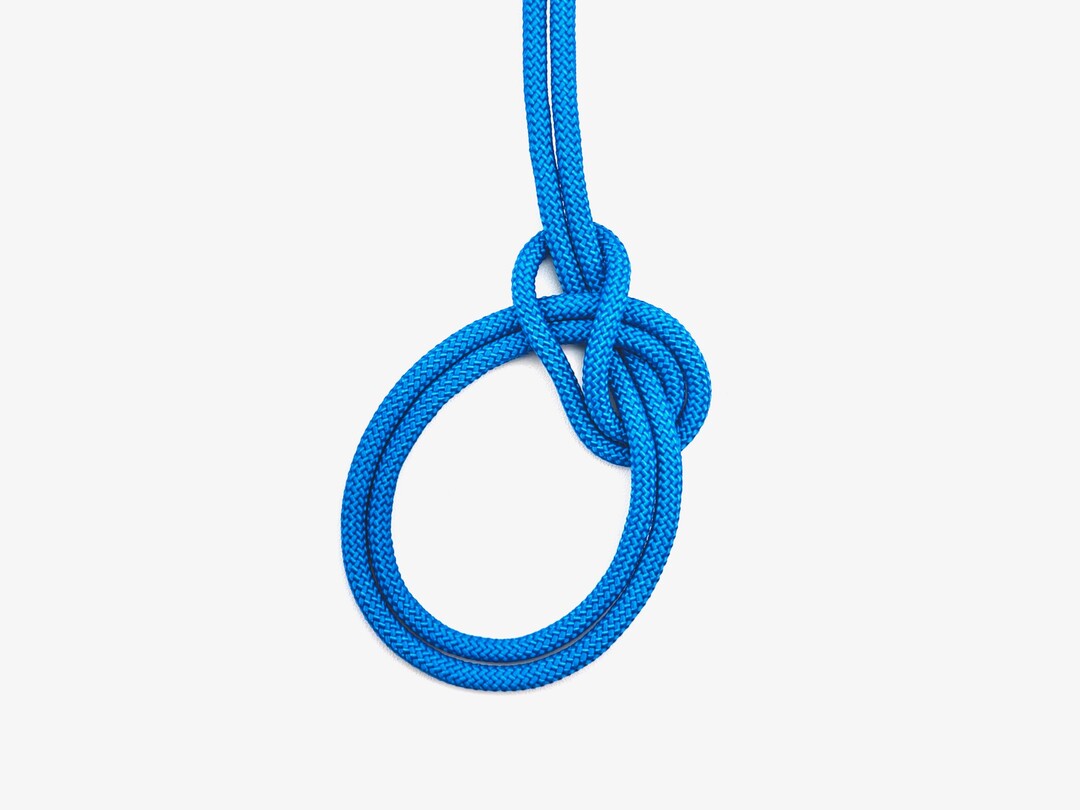
Bowline on the Bight
Creates two secure loops in the middle of a rope.
3. Knots for Anchorages
These knots are used to create secure anchor points at belay stations. They distribute the load across various anchor points, ensuring safety for both climbers. When connecting multiple anchor points, keep the angle formed between them as closed as possible.
Recommended Knots
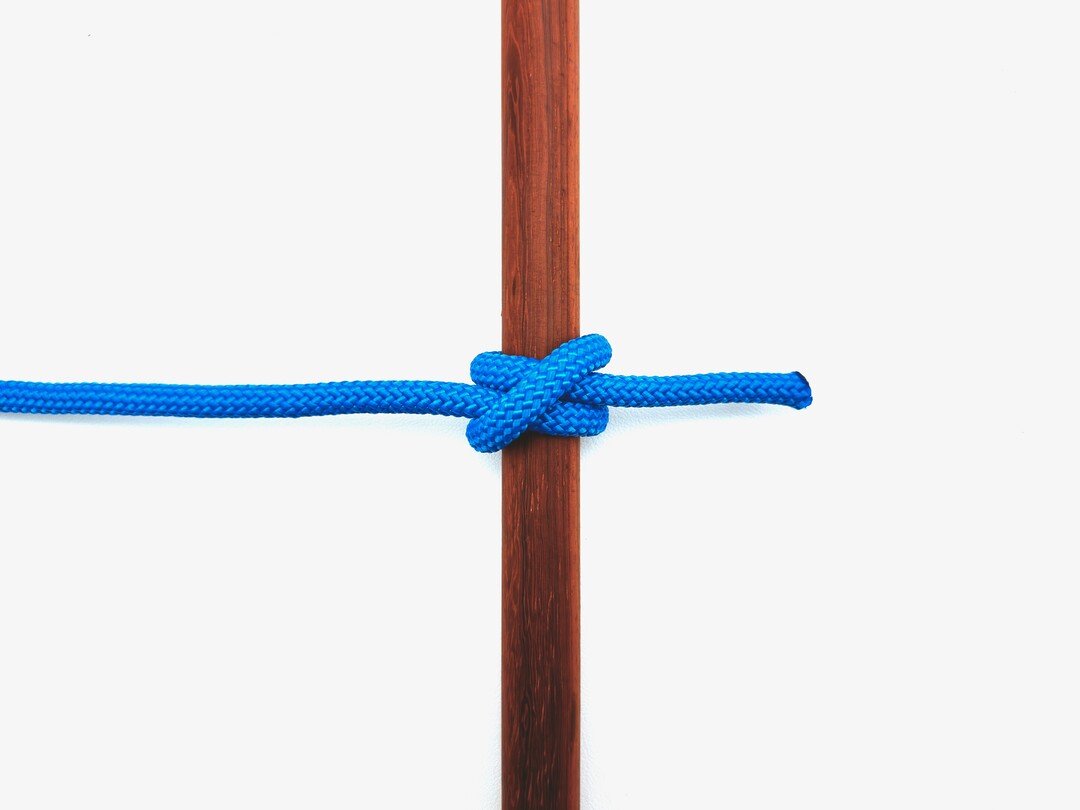
Clove Hitch (Rope End)
Secures ropes to posts or spars in outdoor activities.
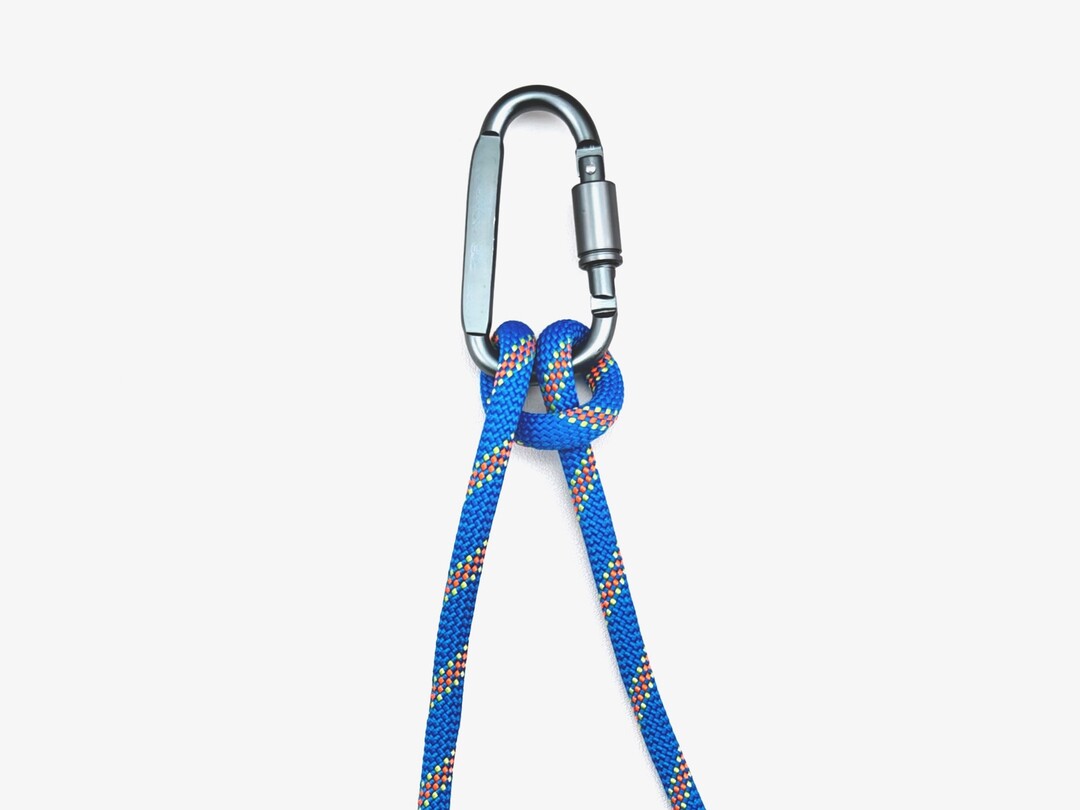
Munter Hitch
Sliding hitch for controlled descents in climbing.

Alpine Butterfly Loop
Secure mid-rope loop for climbing and rescue

Figure-Eight Loop
Secure loop for climbing and rescue.

Bowline on the Bight
Creates two secure loops in the middle of a rope.
4. Slide and Grip Knots
These knots allow controlled movement along a rope when not under tension, but grip firmly when loaded, making them ideal for ascending, descending, or safety backup. They allow the rope to be blocked in the event of a fall, but also allow it to slide in a fluid and controlled manner when belaying.
Recommended Knots

Prusik Knot
Friction hitch for climbing and rescue
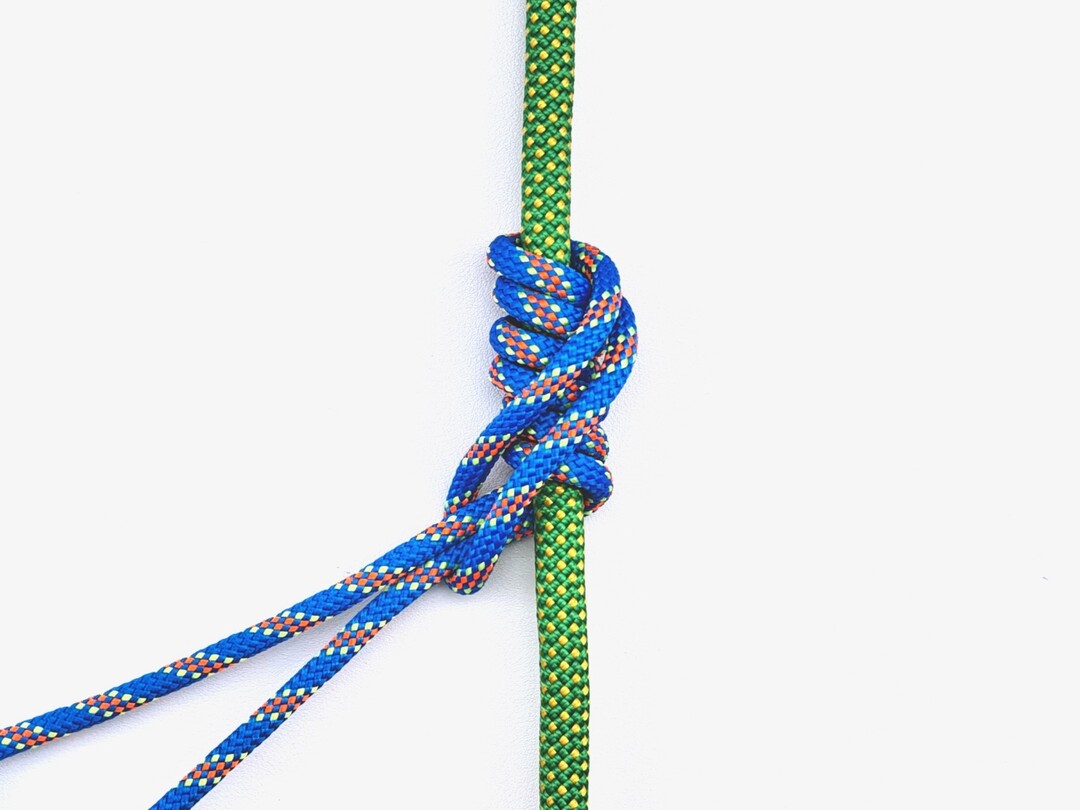
Klemheist Knot
Directional friction hitch for climbing and rescue.
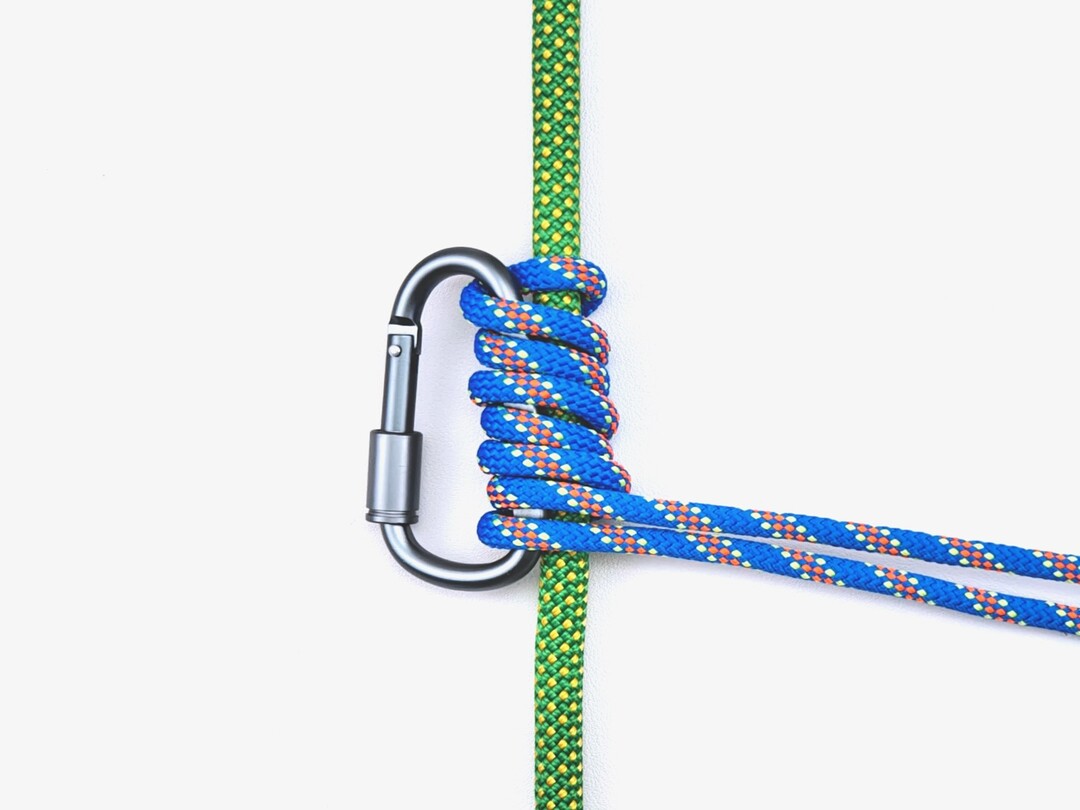
Bachmann Knot
Friction hitch for ascending fixed ropes in climbing.
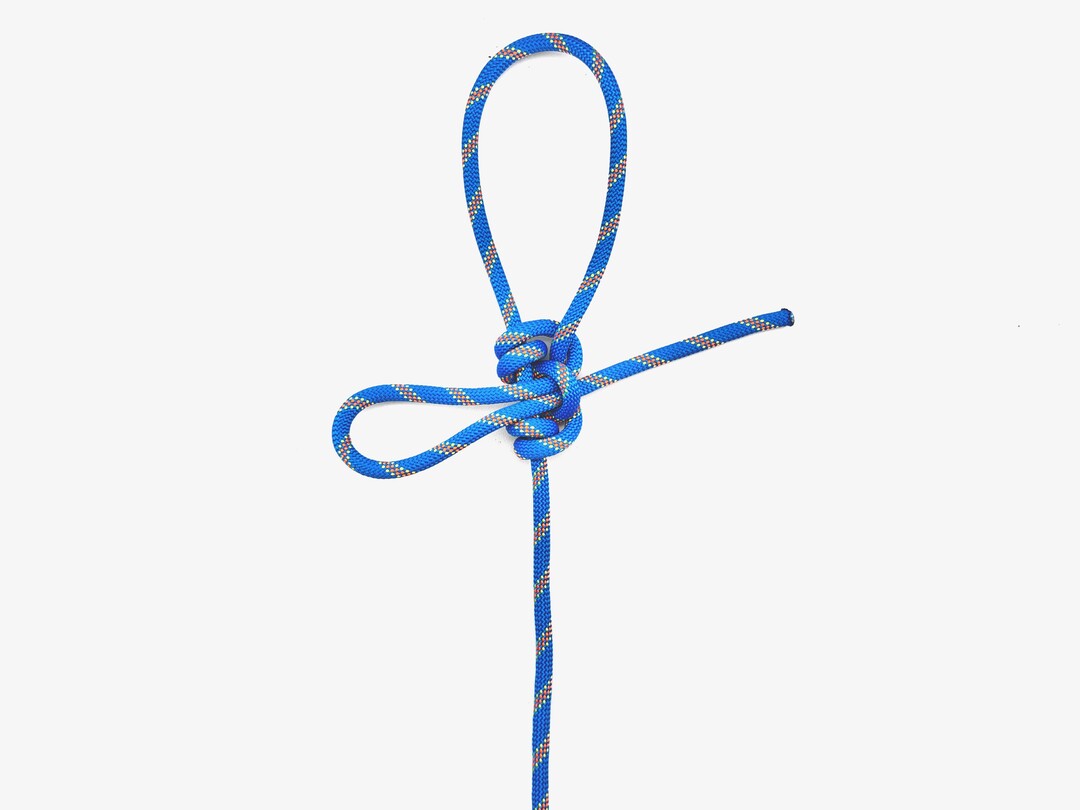
Farrimond Friction Hitch
Adjustable hitch for quick tension changes.

Munter Hitch
Sliding hitch for controlled descents in climbing.
5. Rope Management
Proper rope management prevents tangling and allows for quick, efficient handling of climbing ropes.
Recommended Knots
All Climbing Knots
A complete collection of knots commonly used in climbing activities.

Alpine Butterfly Loop
Secure mid-rope loop for climbing and rescue
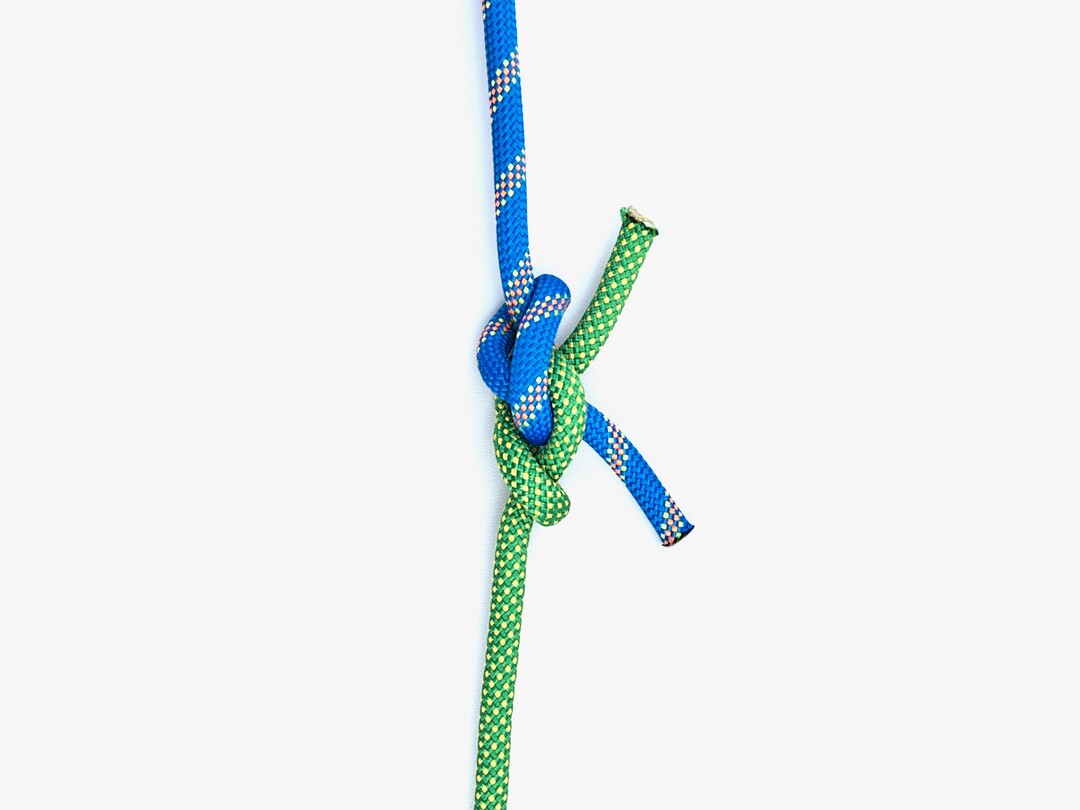
Ashley's Bend
Joins two ropes securely, especially stiff or slippery ones.

Bachmann Knot
Friction hitch for ascending fixed ropes in climbing.

Bowline (One Hand)
Creates a secure loop with one hand.

Bowline on the Bight
Creates two secure loops in the middle of a rope.
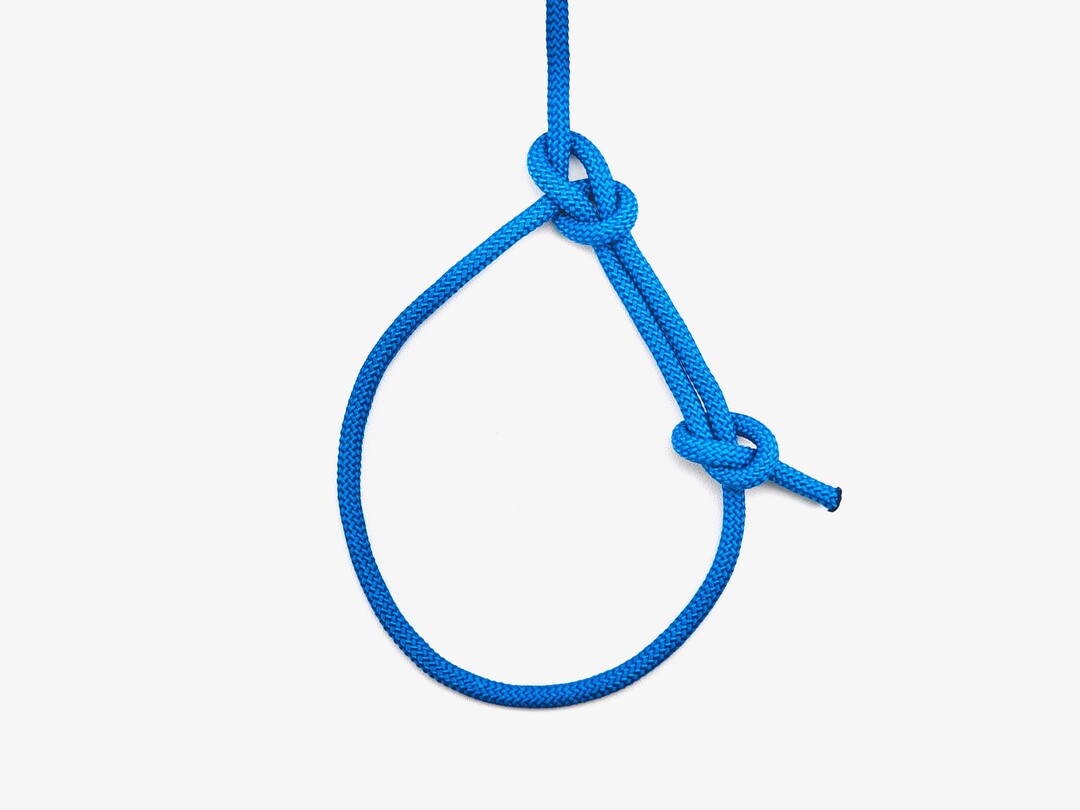
Bowline with Stopper
Secure loop knot with an overhand stopper.
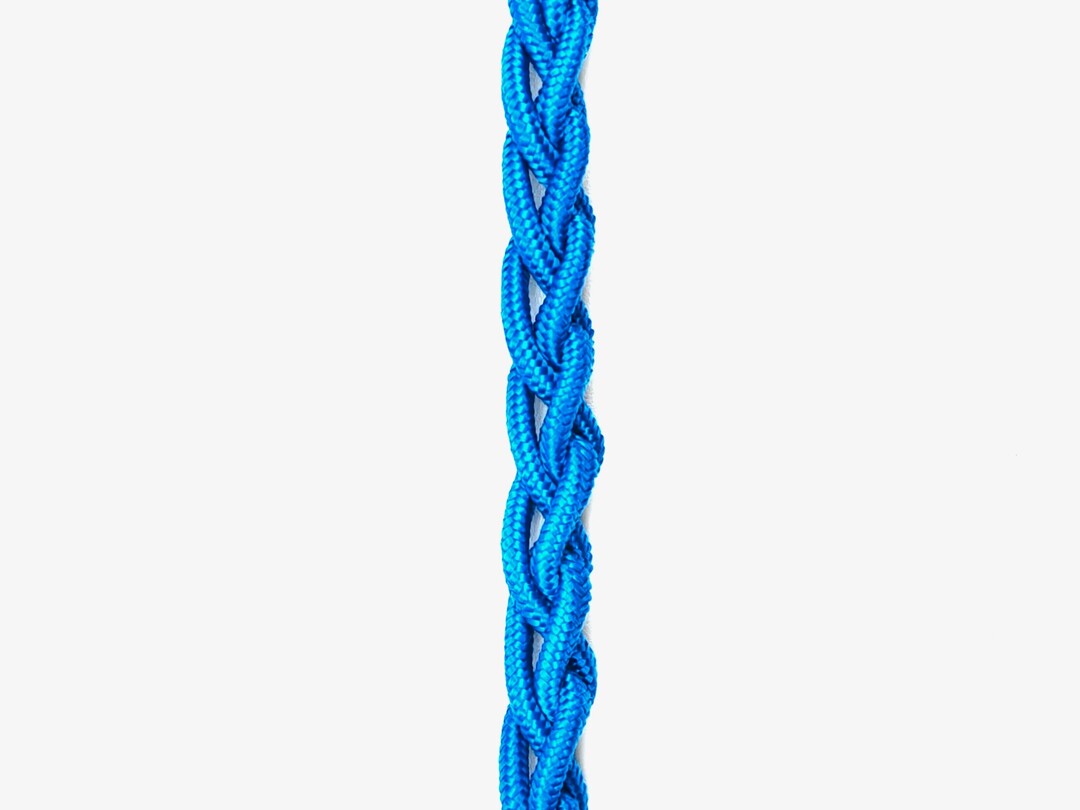
Chain Sinnet
Shortens rope and prevents tangling during storage.

Clove Hitch (Rope End)
Secures ropes to posts or spars in outdoor activities.
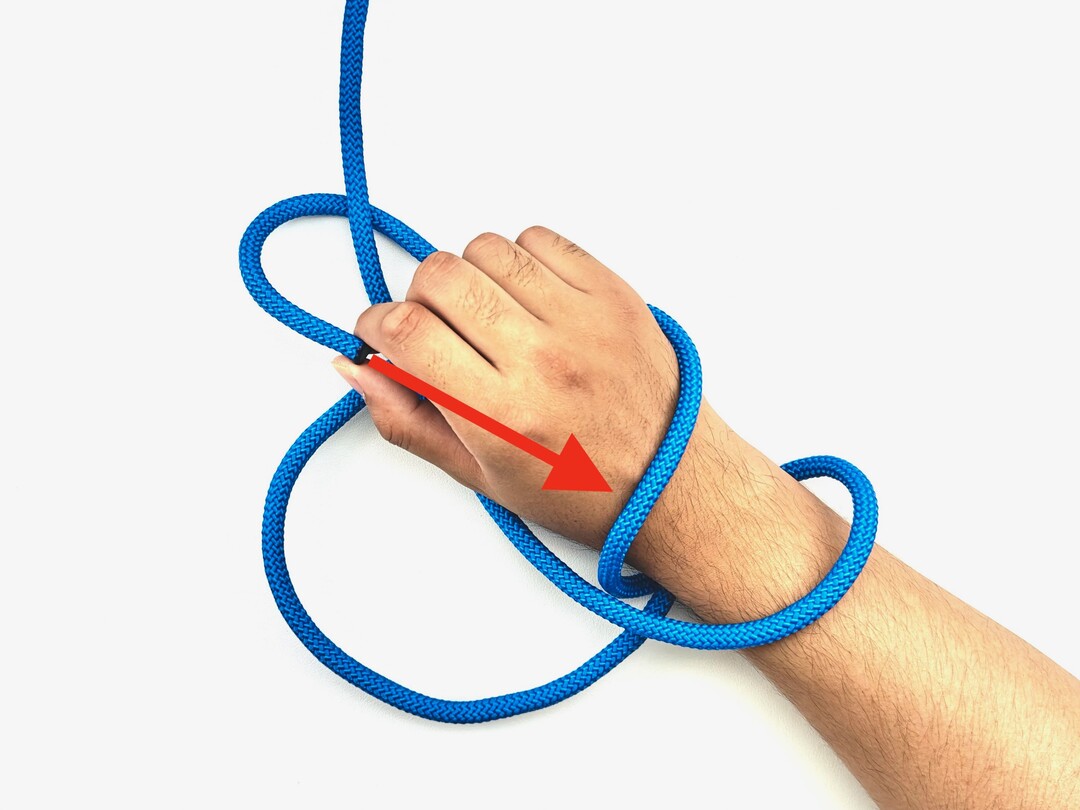
Double Bowline
Secure climbing loop, easier to untie when weighted.
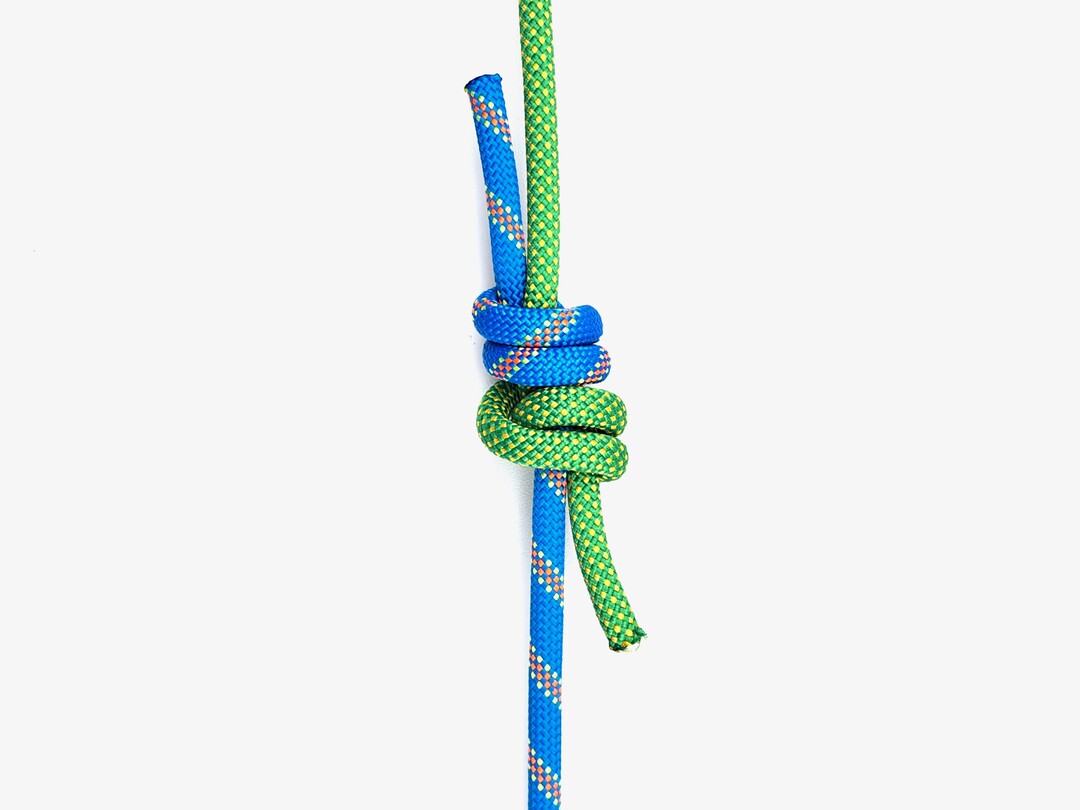
Double Fisherman's Knot
Securely joins two ropes of similar size.
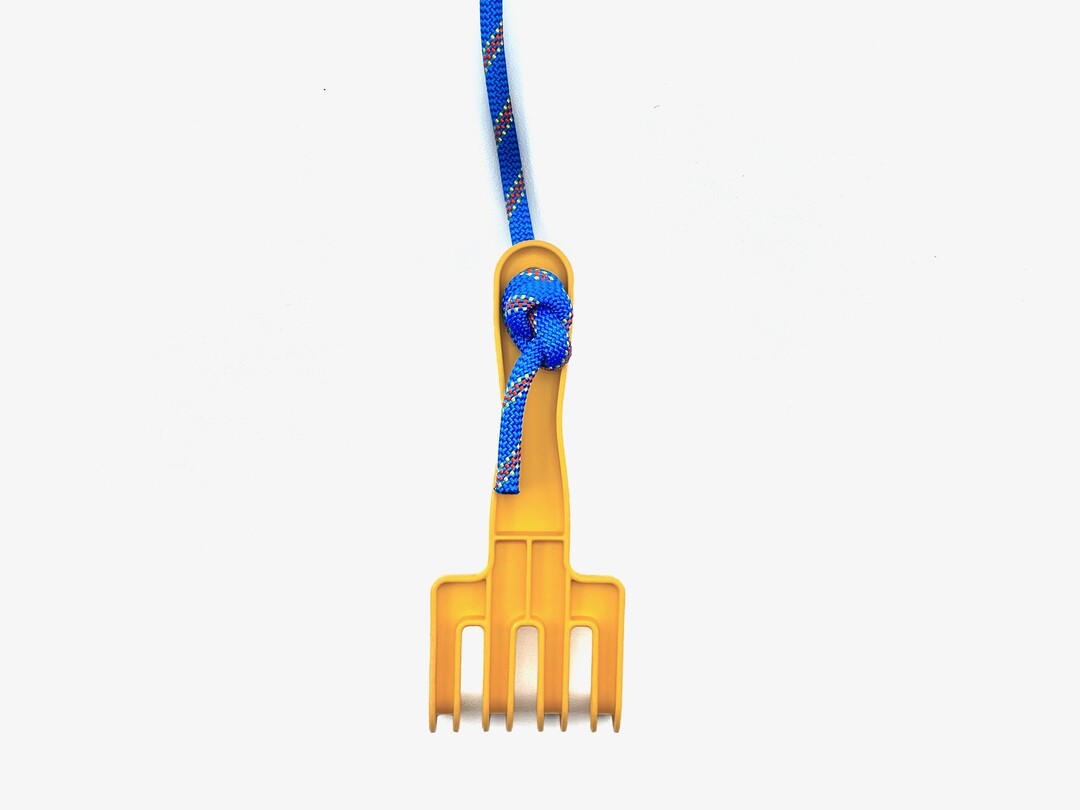
Double Overhand Knot
Secure stopper knot, difficult to untie.

Farrimond Friction Hitch
Adjustable hitch for quick tension changes.

Figure 8 Directional Loop
Secure mid-rope loop for one-directional loads
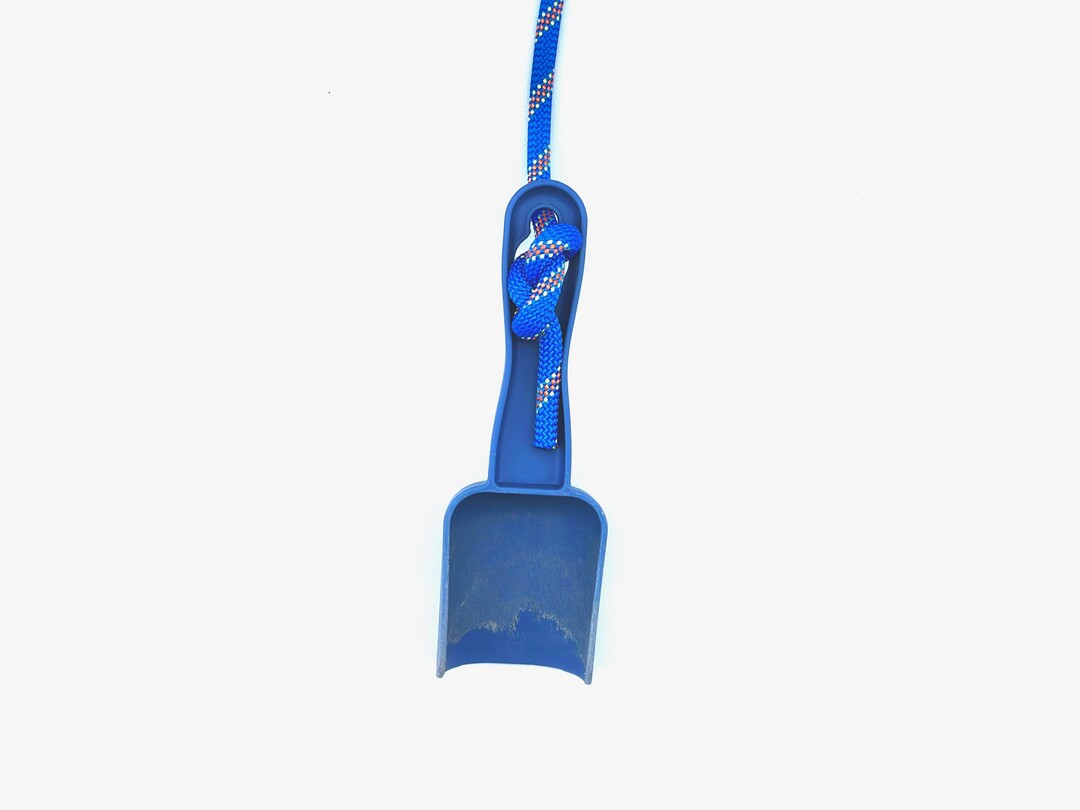
Figure Eight
Reliable stopper knot for ropes.
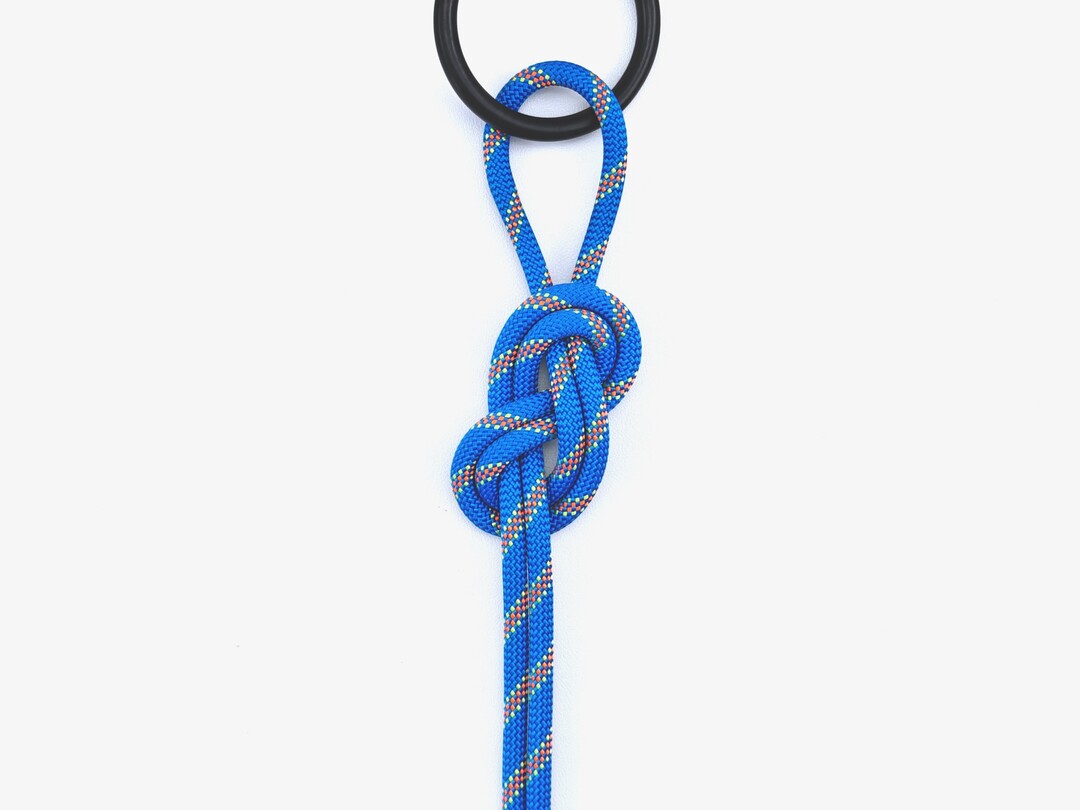
Figure Eight Follow Through
Secures rope to harness or anchor in climbing.

Figure-Eight Loop
Secure loop for climbing and rescue.
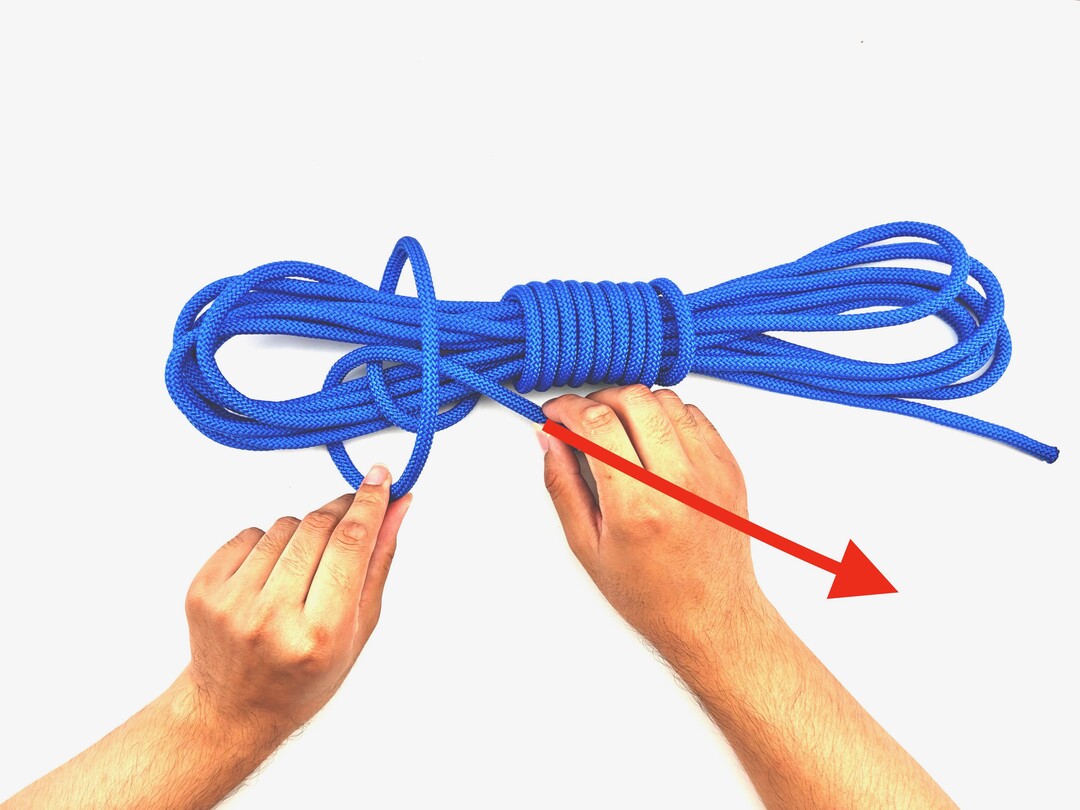
Gasket Coil
Neat rope storage preventing tangles.
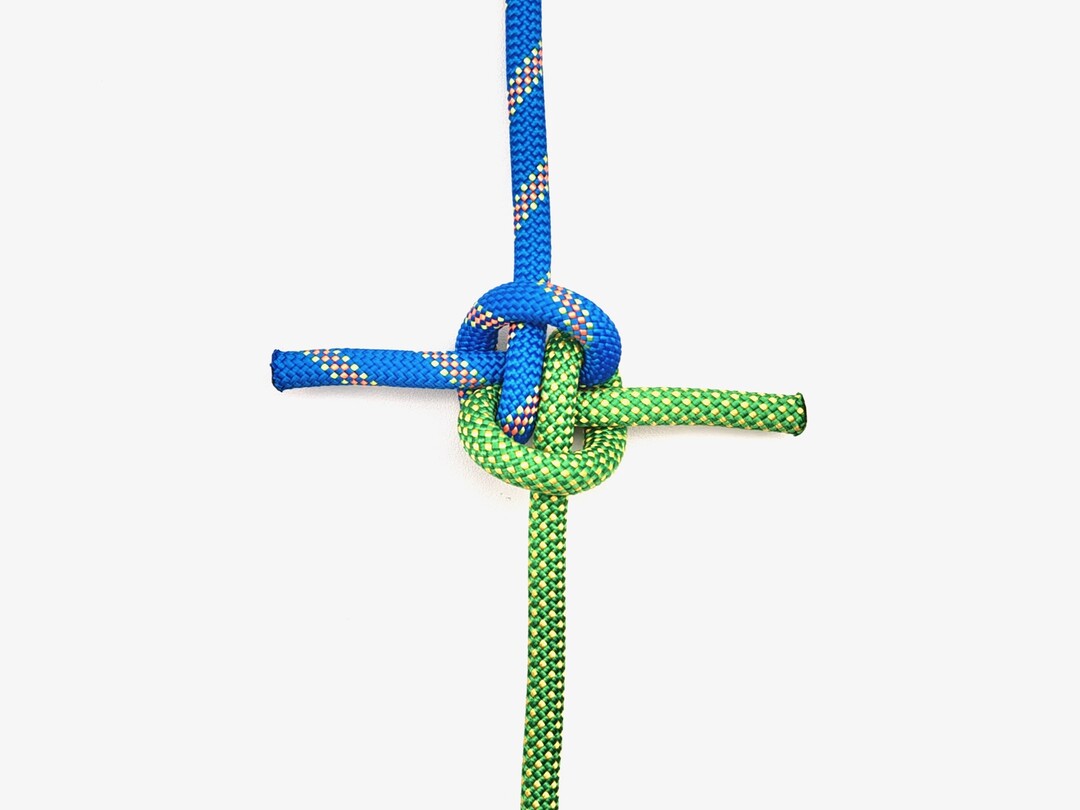
Hunter's Bend
Joins two ropes of similar diameter securely.
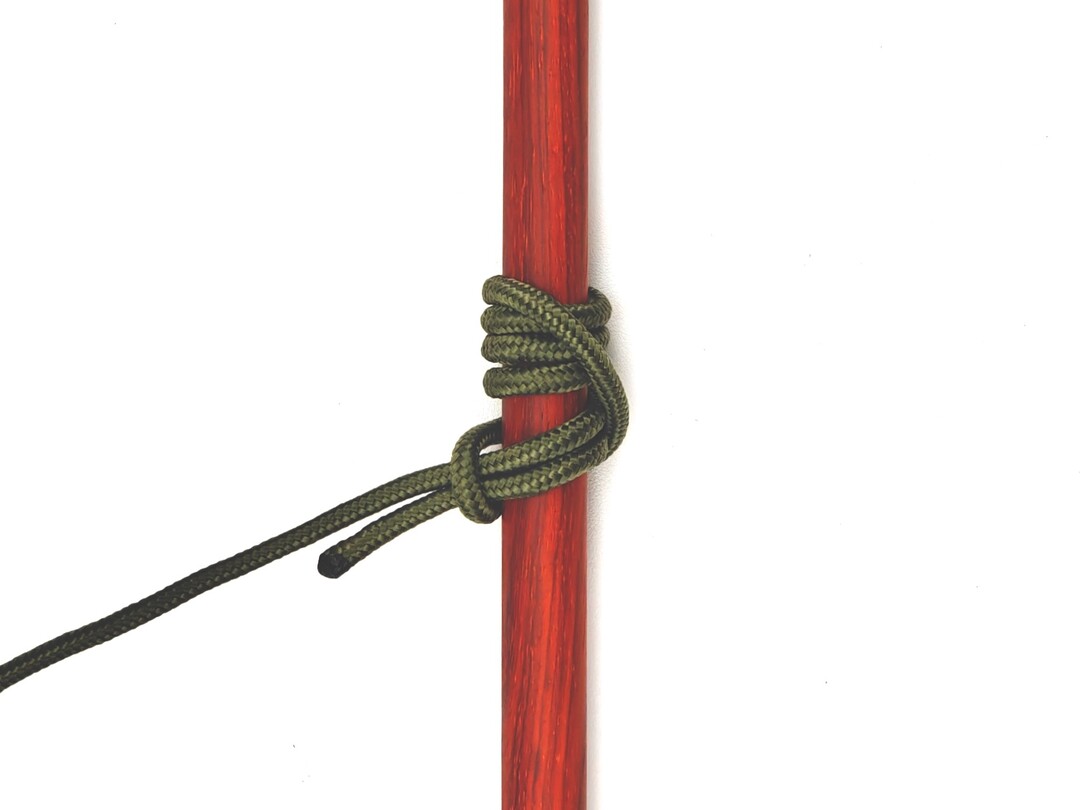
Icicle Hitch
Secures ropes to cylindrical objects under load.

Klemheist Knot
Directional friction hitch for climbing and rescue.

Munter Hitch
Sliding hitch for controlled descents in climbing.
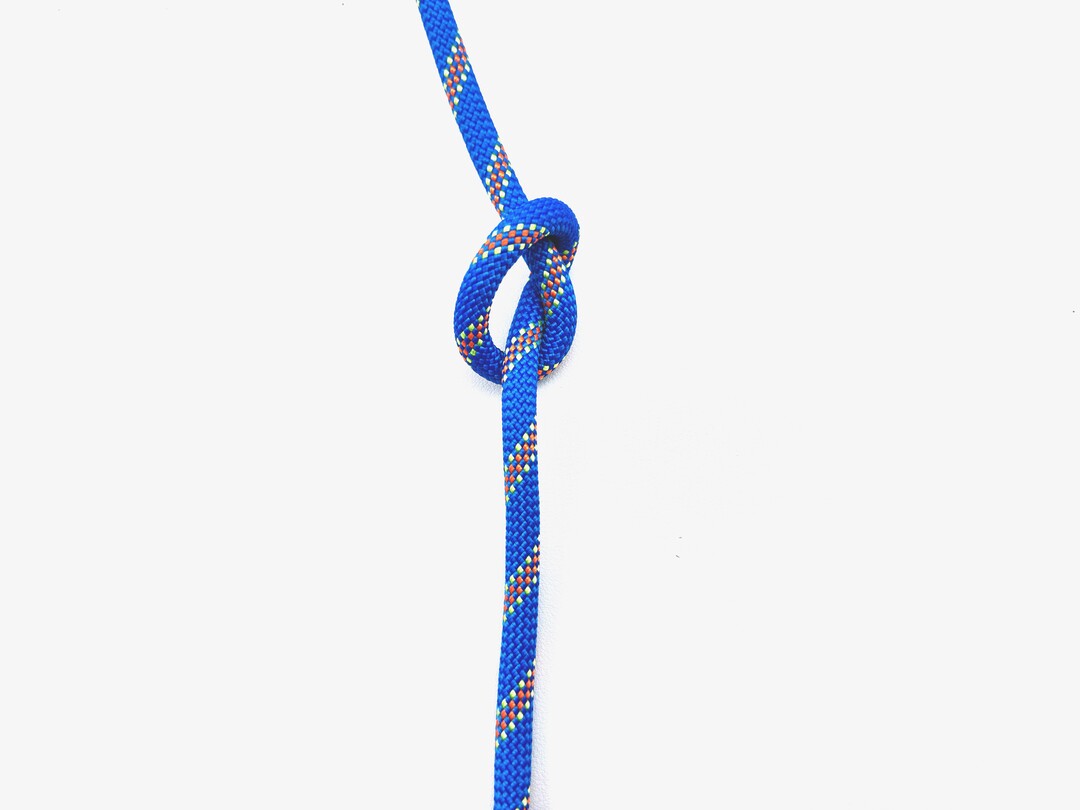
Overhand Knot
Simple stopper knot to prevent rope slippage.
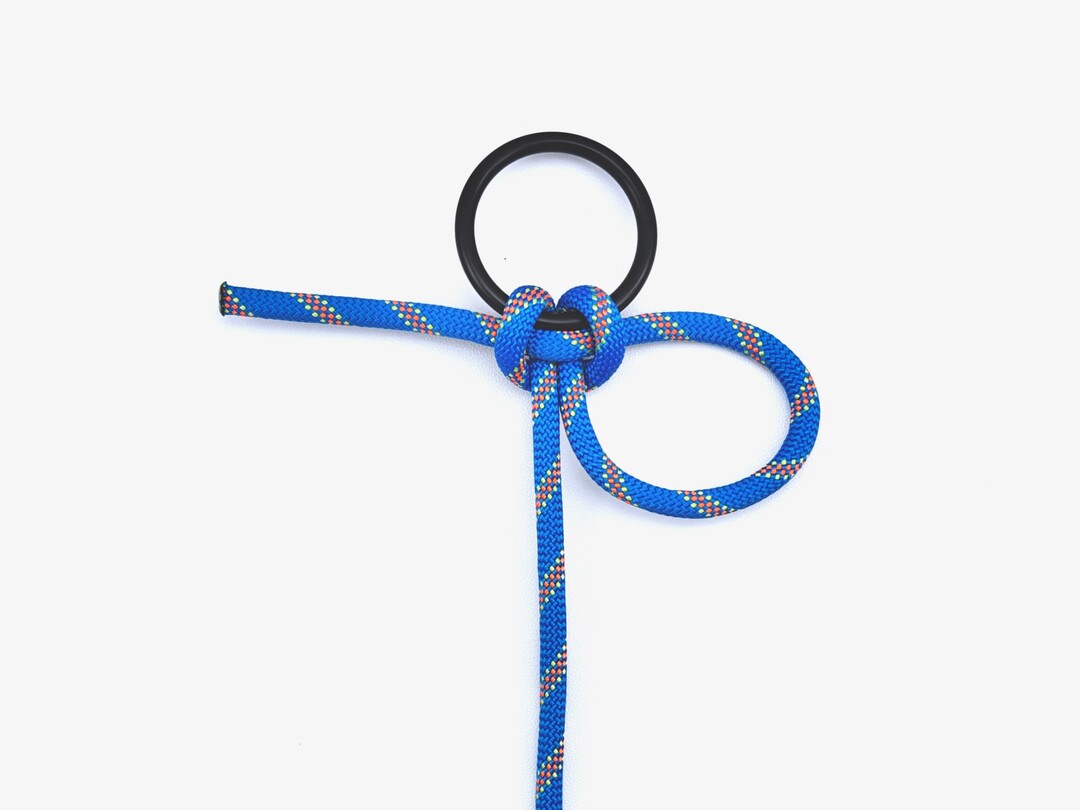
Pedigree Cow Hitch
Secure attachment to rings or poles.
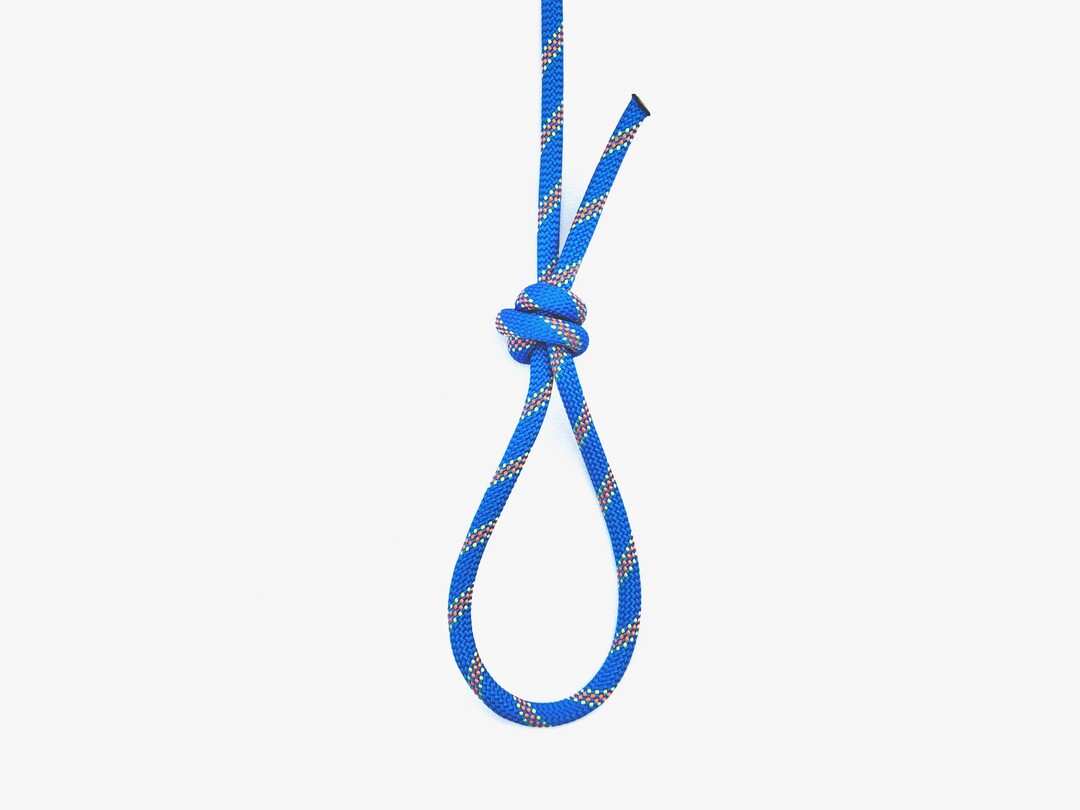
Poacher's Knot
Secure sliding loop for climbing, fishing, and gear.
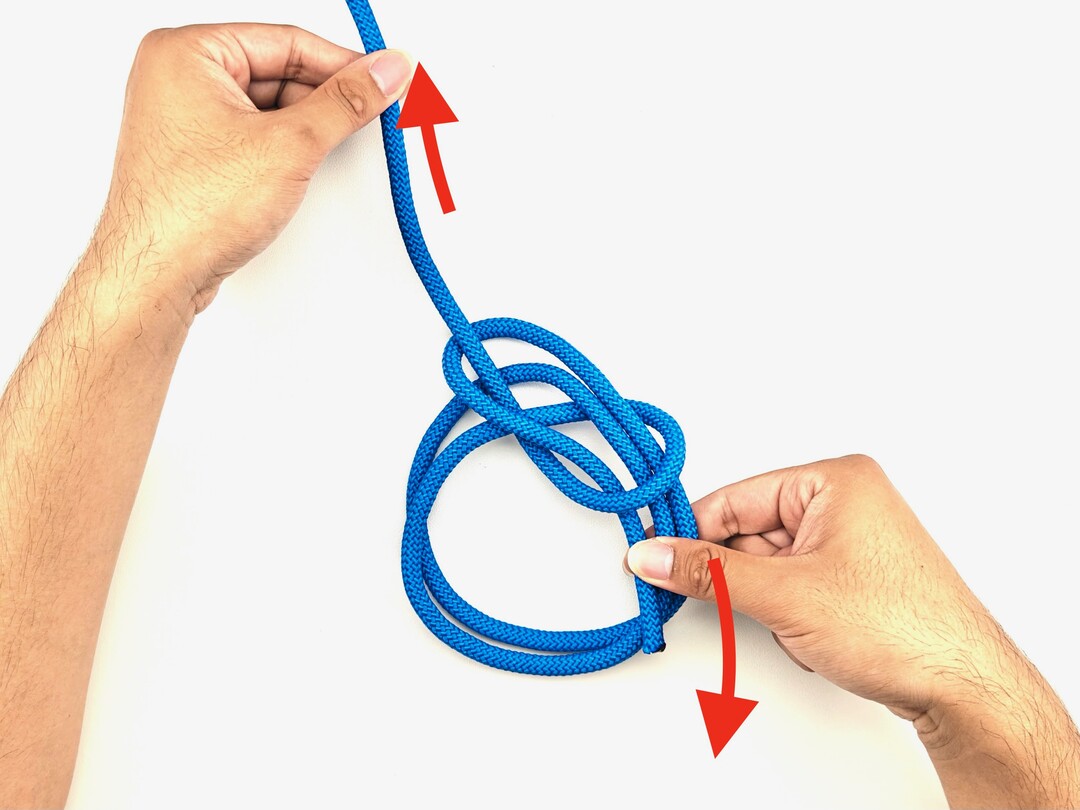
Portuguese Bowline
Creates two adjustable loops for climbing or rescue.

Prusik Knot
Friction hitch for climbing and rescue
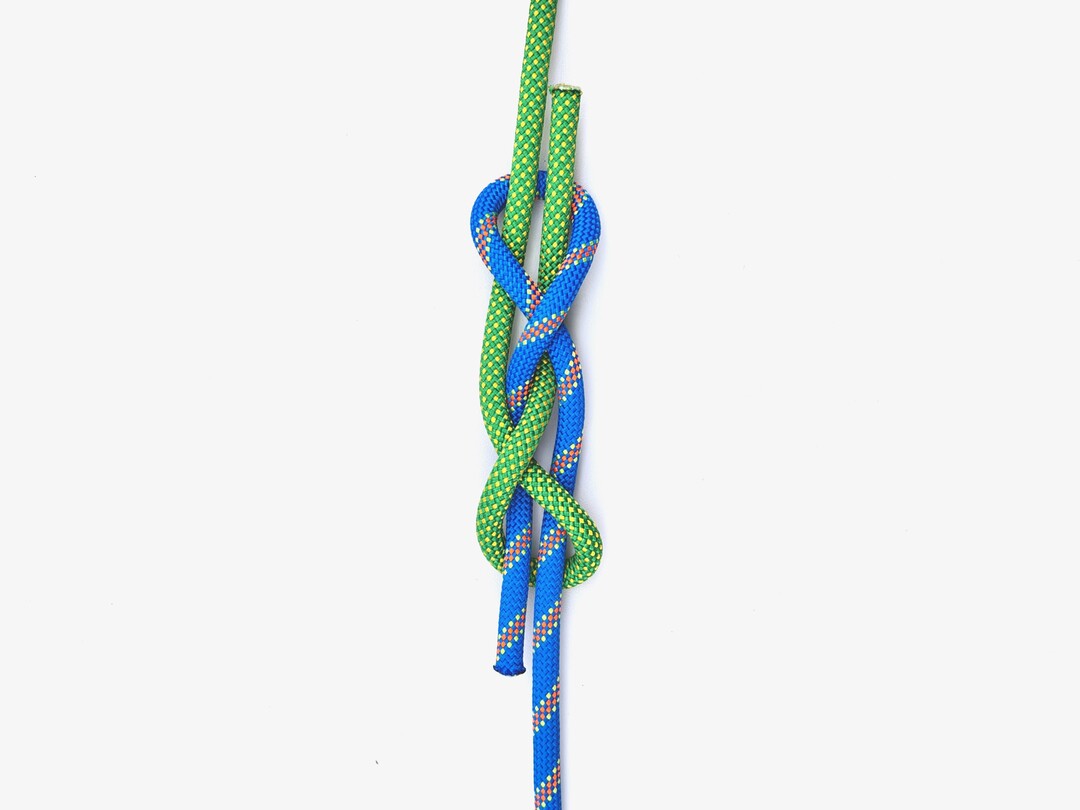
Reever Knot
Securely joins two ropes or cords.
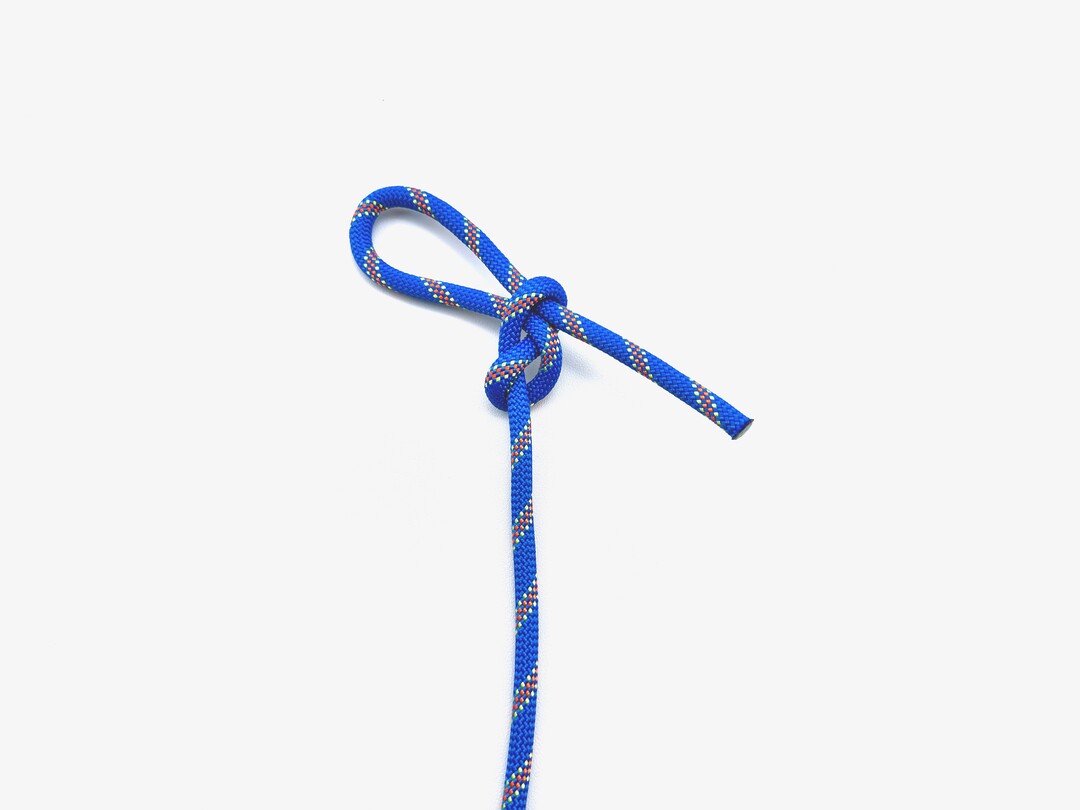
Slipped Figure Eight
Adjustable loop for quick release in climbing/sailing.
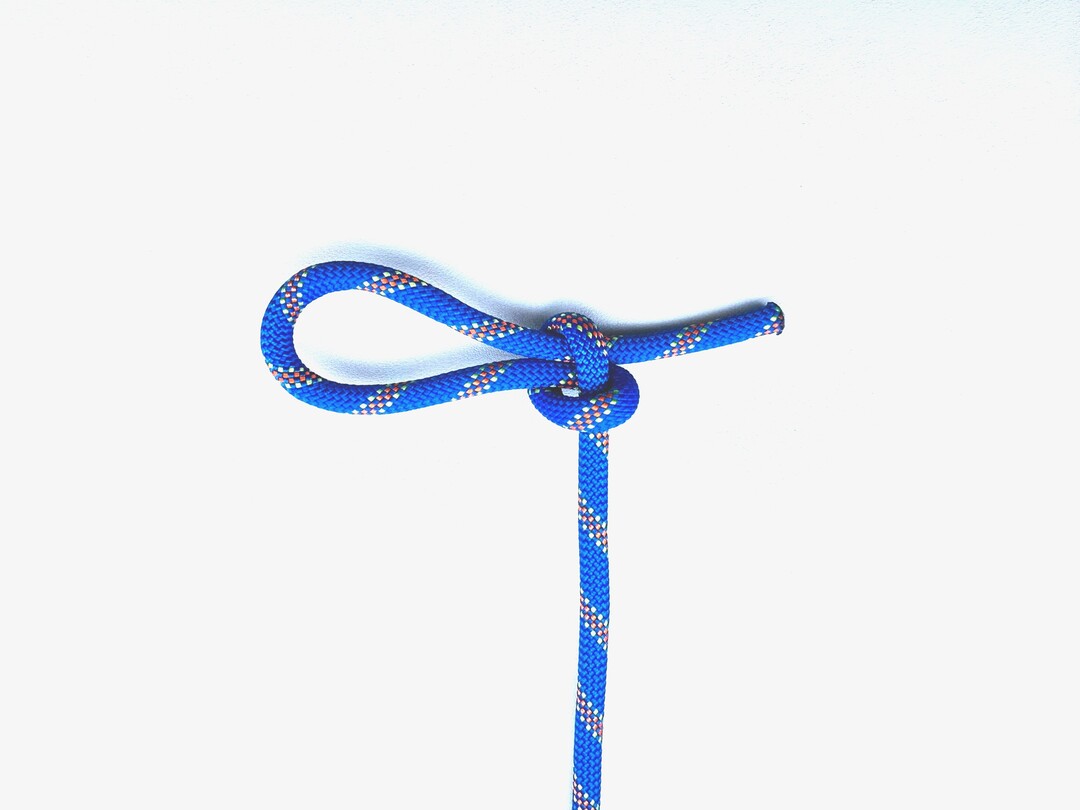
Slipped Overhand Knot
Quick-release loop for temporary bindings.
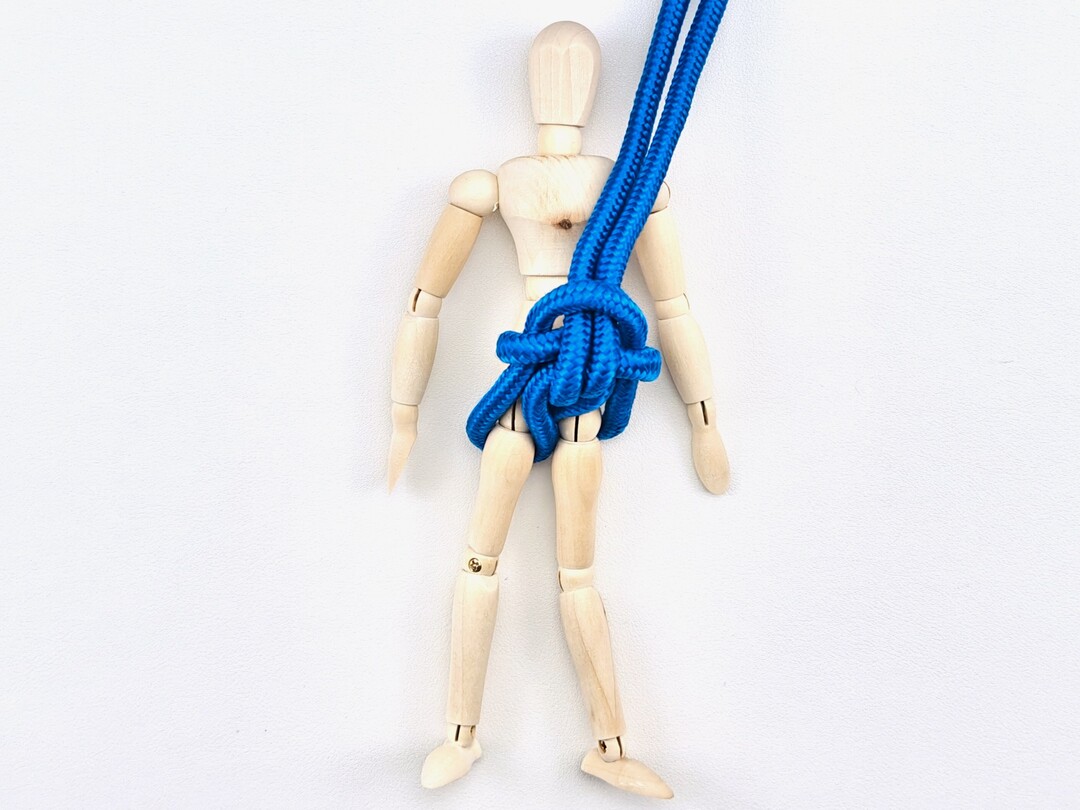
Spanish Bowline
Creates two fixed loops for rescue or load distribution.
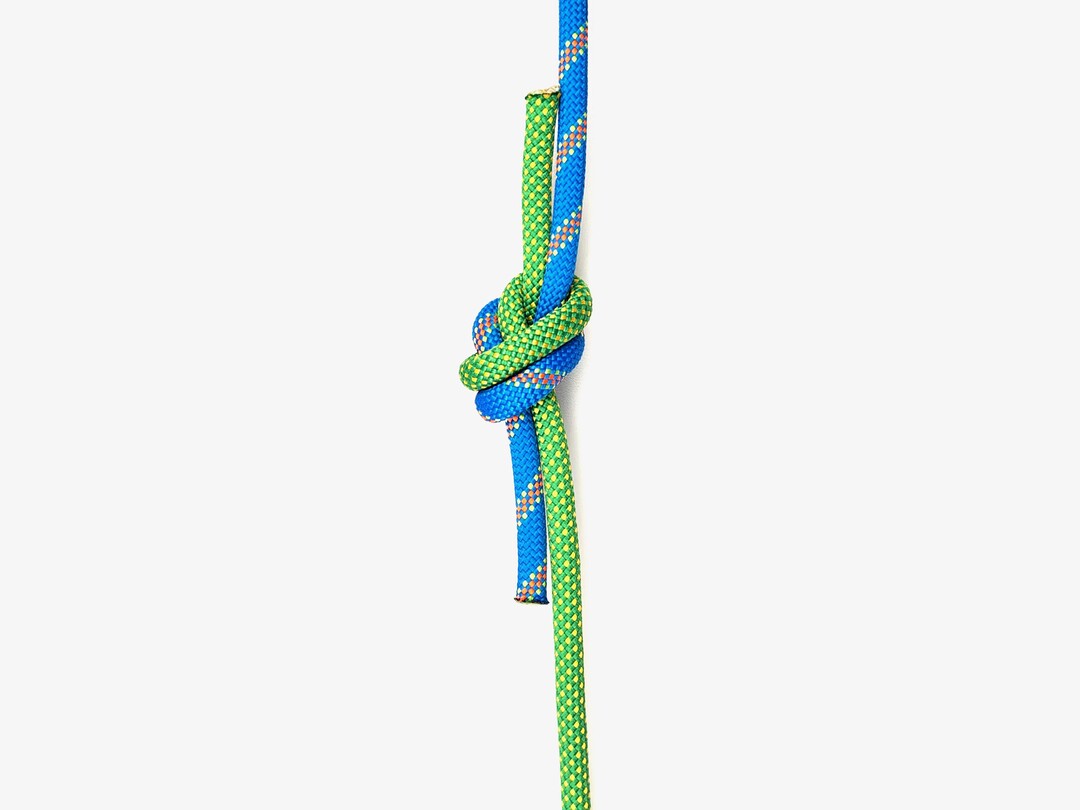
Water Knot
Joins webbing securely for climbing and rescue.
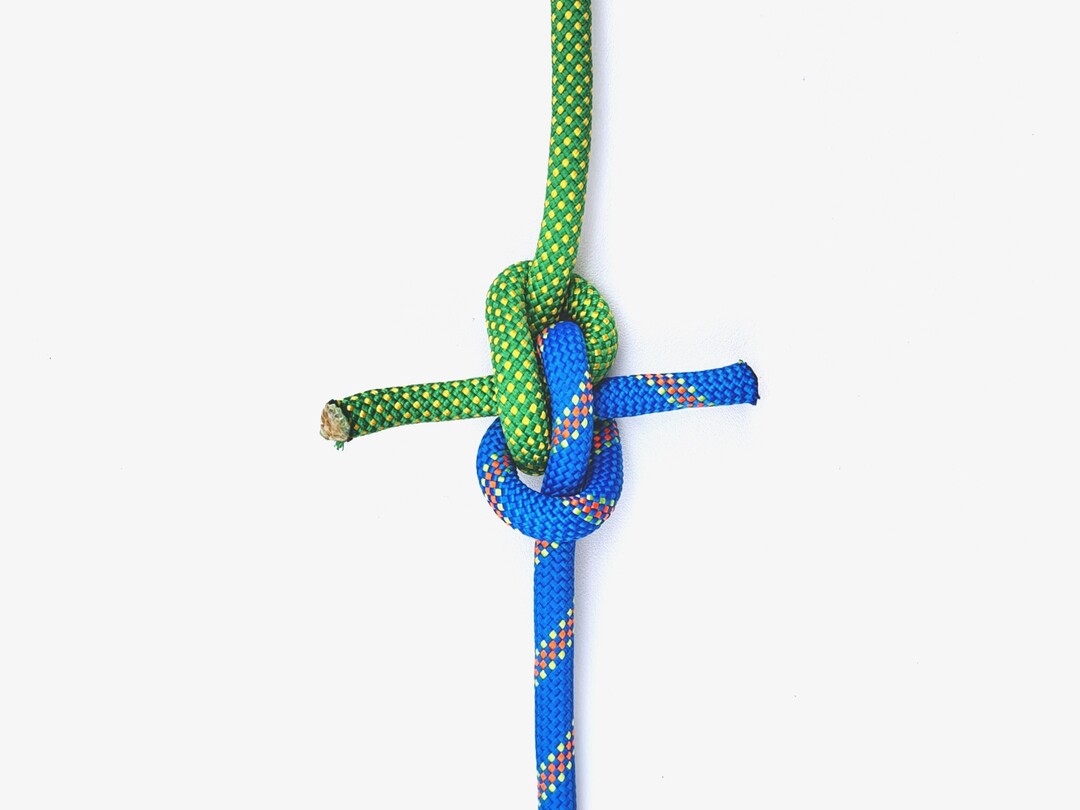
Zeppelin Bend
Securely joins two ropes, resistant to jamming.
Safety Information
Climbing Rope Types
- Dynamic ropes stretch under load, absorbing shock force to protect the climber
- Static ropes have minimal stretch and should never be used by lead climbers
- Manufacturers typically use three or more colors for dynamic rope sheaths
- Static ropes are more durable and resistant to abrasion, typically with only two colors
Anchor Point Guidelines
- Relying on a single anchor point is not advisable, except for large cemented metal rings or sturdy trees
- When connecting multiple anchor points, the angle formed between them should be as closed as possible
- If the angle exceeds 120 degrees, the force on individual points will surpass the actual hanging load
- If anchor points are widely spaced, elongate the vertex to close the angle
Safety Tips
- Always double-check your knots before climbing
- Practice tying knots regularly to build muscle memory
- Learn to tie these knots even in adverse conditions
- Ensure knots are properly dressed and set before loading
- Know at least two safety knots in case you drop your belay device
- Test your specific rope and knot combinations
- Modern devices like Brake Bar Racks and Figure 8 rings are kinder to static ropes than hitches
- The life you save may be your own
Climbing Safety Warning
- Climbing, caving, and mountaineering are challenging and dangerous activities. This guide is no substitute for thorough instruction and expert supervision. Knots and anchoring techniques must be checked, checked again, and appropriate for your specific situation.